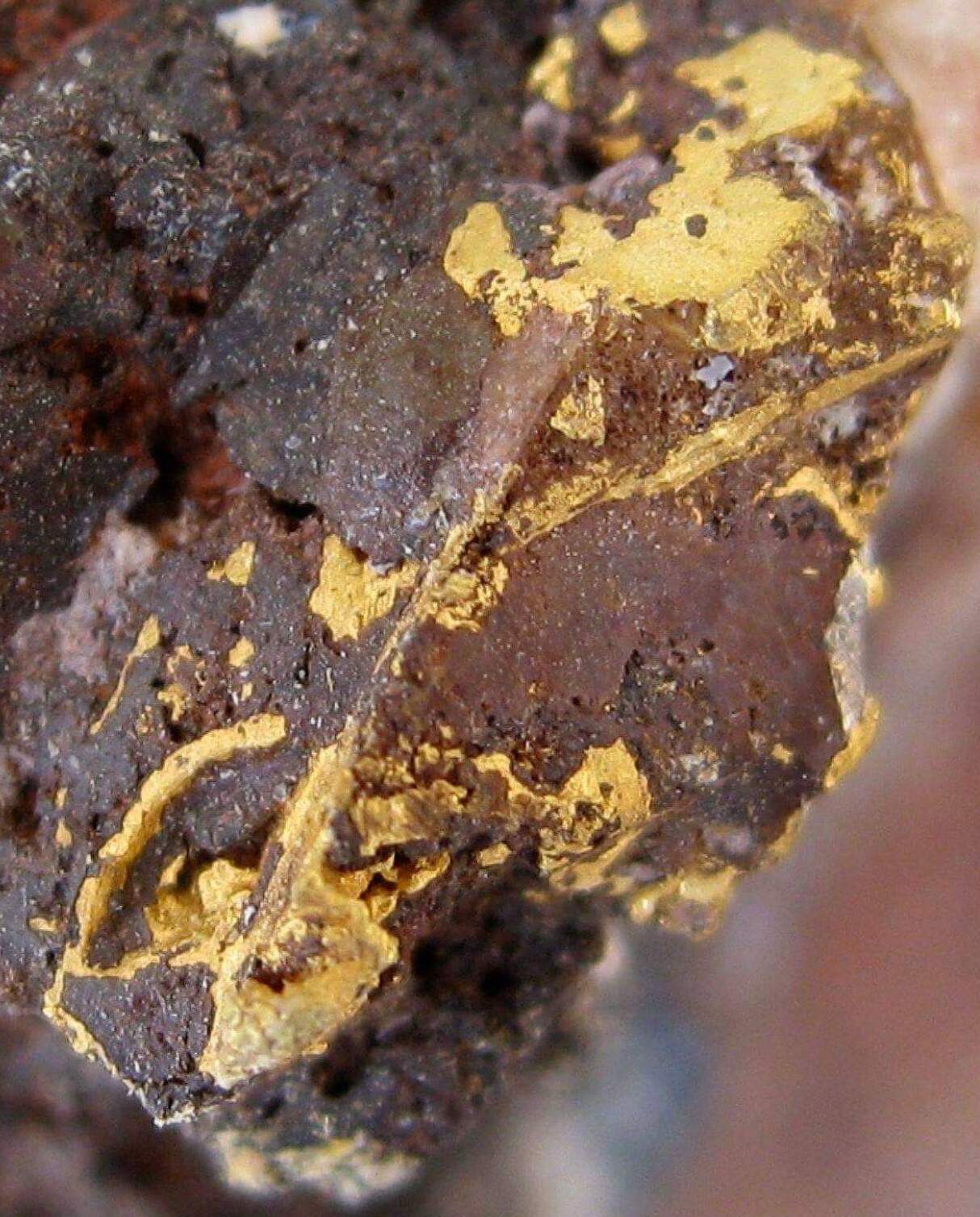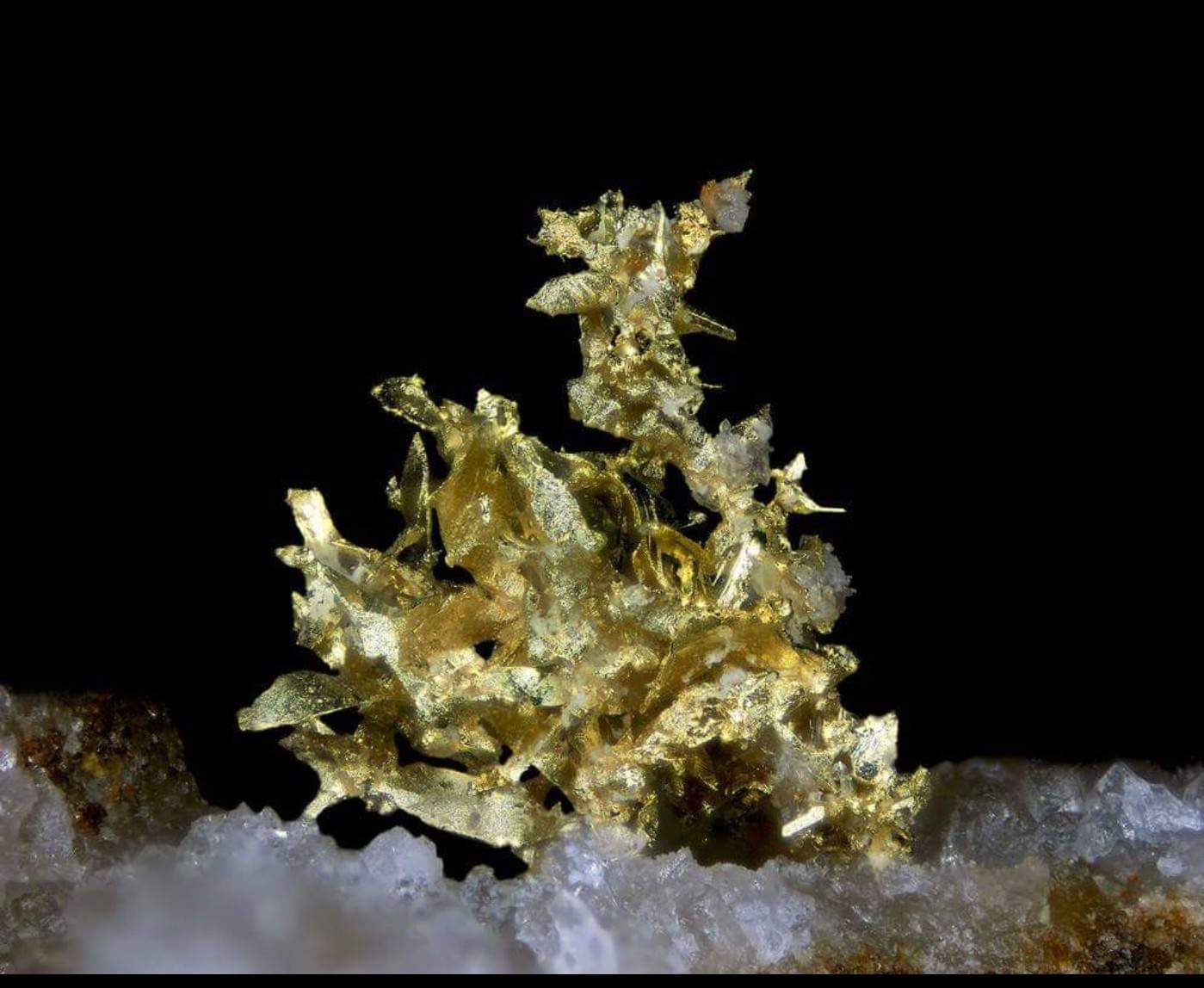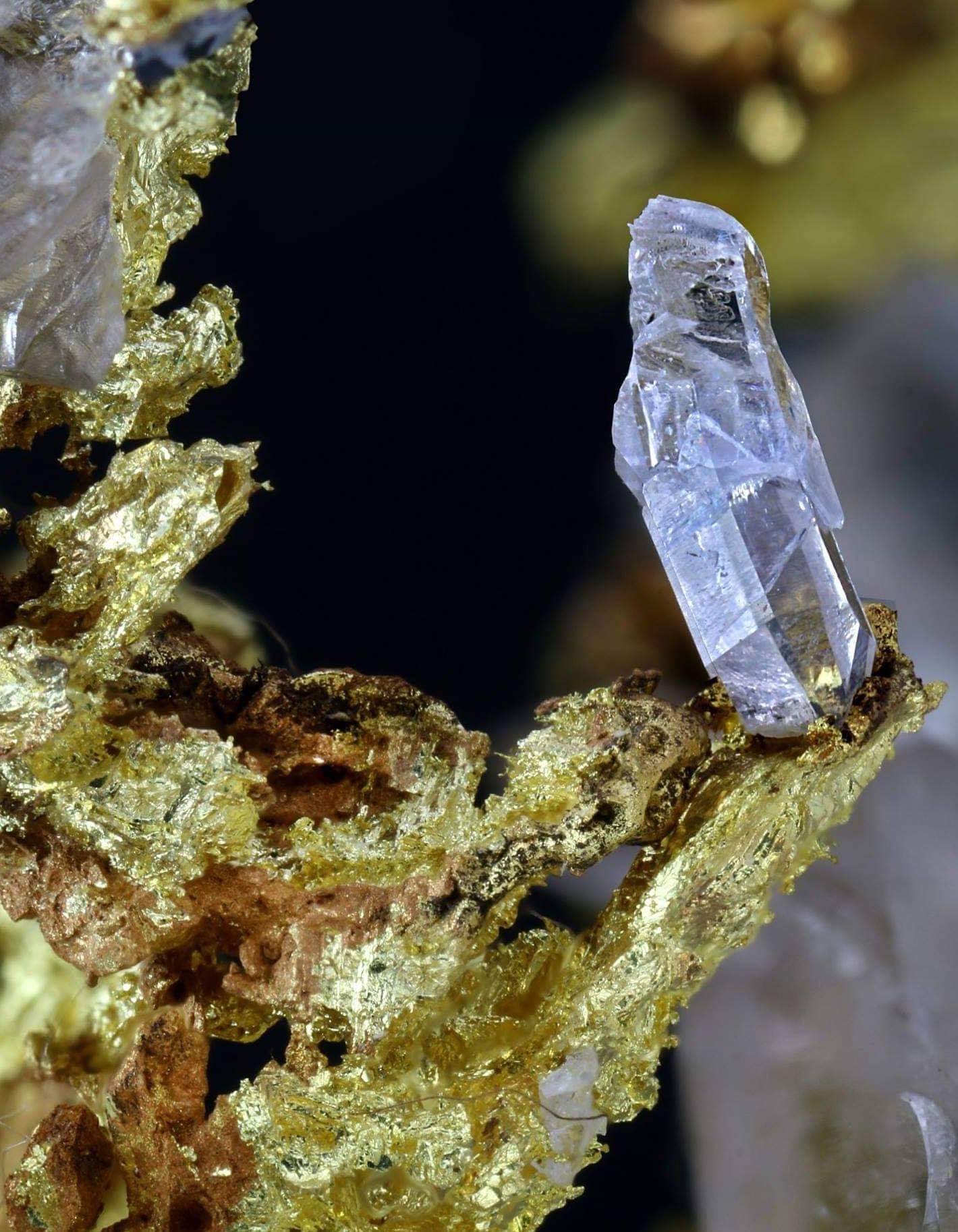MINING GITOLOGY
Gitologie Aurifere. Although gold is one of the rarest metals on Earth, averaging in the order of a milligram per tonne of rock only, there are places in the earth's crust where this metal is concentrated as far as sometimes 1 kilogram per tonne in rocks and veins, thus allowing an economically profitable extraction.

These deposits, are formed from aqueous fluids enriched in salt, sulfur, and sometimes CO2, which circulate in the earth's crust, extract the metal from rocks and magmas, then transport it and deposit it in the right place and at the right time. However, the factors favorable to this transfer of gold from the source rock and the state of the metal in the fluid are still poorly understood.
Until now, sulfide (from hydrogen sulfide H2S) and chloride (from salts, like NaCl or KCl) were considered the only compounds capable of facilitating the transport of gold (Au) by binding to metal and forming fluid soluble complexes (eg, AuCl2-, Au (HS) 2-).

However, the dissolution capacities of gold by these compounds are poor and the formation of gold deposits and their distribution on Earth remains an enigma.
To try to solve it, four French teams * measured the contents and the chemical state of gold in model fluids rich in sulfur.
They used high temperature and pressure reactors and cells and synchrotron X-ray absorption spectroscopy.
These fluids were manufactured in the laboratory with compositions and conditions similar to those in the earth's crust (temperatures up to 500 ° C, pressures up to 2 kbar equivalent to a depth of about 7 km, sulfur contents up to 3% , salt contents up to 20%).
These fluids mostly contain sulphide and chloride and, in smaller amounts, other forms of sulfur such as the recently discovered S3- (and S2-) radical ions.

Against all expectations, the researchers observed that it is not the sulphides or chlorides but the S3- ions which bind very strongly to gold, forming very stable complexes (of the Au (HS) S3- type), capable of transporting gold contents 10 to 100 times higher than those of sulphides or chlorides alone. Using a thermodynamic model, the researchers demonstrated that these radical sulfur species, although less abundant than sulfide or chloride in most natural fluids, are able to extract large amounts of gold from magma during its formation. degassing, or sedimentary rocks undergoing high pressures and temperatures (metamorphism), then transporting them through the earth's crust.
When these hot fluids rise to the surface, cool down, or encounter a rock of different composition (e.g. limestone), the sulfur radicals then break down, leaving their golden booty to settle in veins and cavities with major minerals. (like pyrite - the most abundant iron sulfide with which gold is often associated).
The discovery of these stable and mobile complexes between Au and S3-helps to explain the paradox of gold deposit formation and allows a wider choice of sites where new deposits could be discovered, thus offering more potential for the exploration. Other economically important metals, such as molybdenum or platinum, also considered to have very little mobility, could also bind to S3-, thus greatly increasing their mobility and their deposition by fluids.
The results of this research could also help improve the processes for extracting metals from their ores and the hydrothermal synthesis of gold-based nanomaterials.


